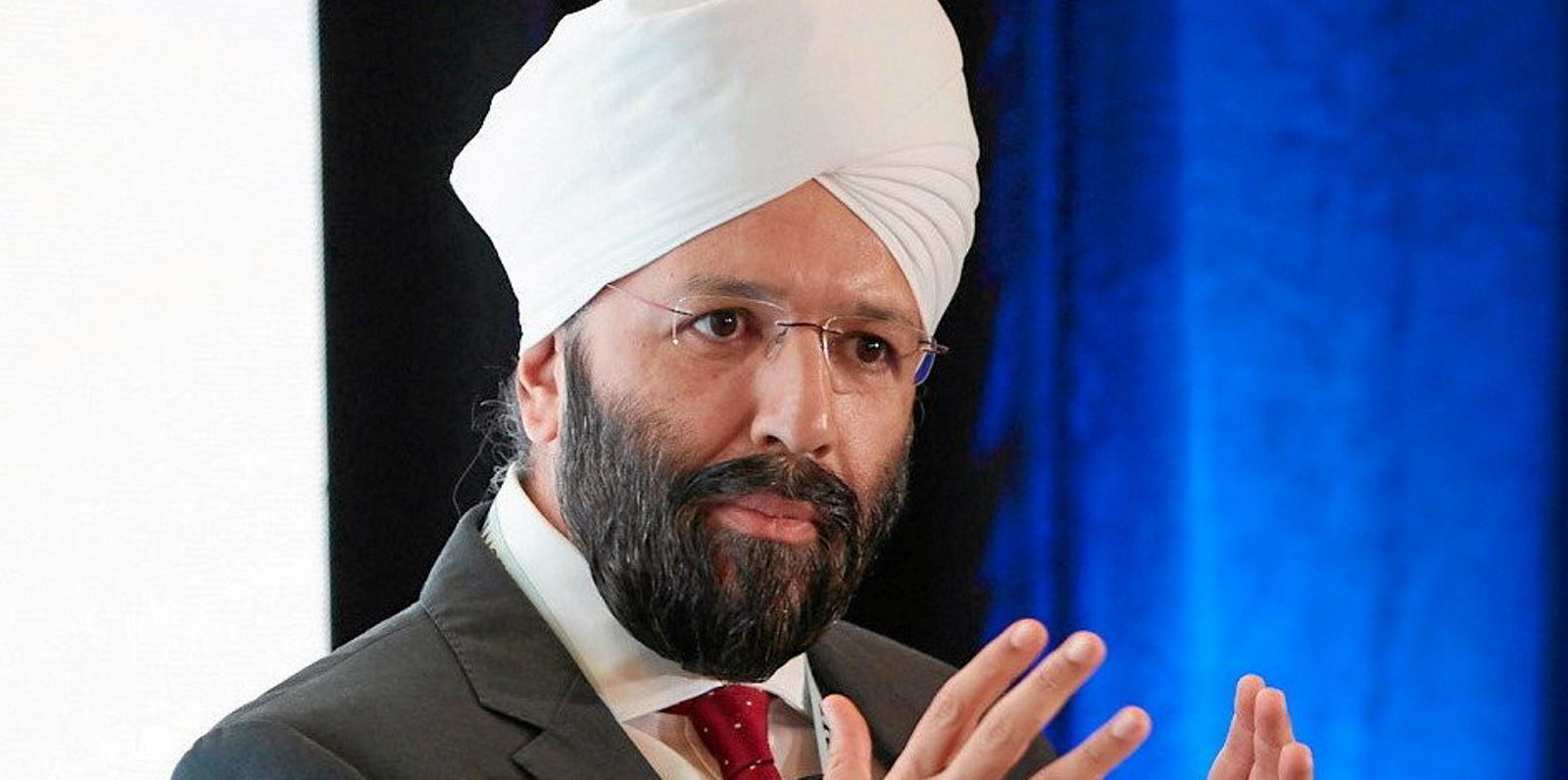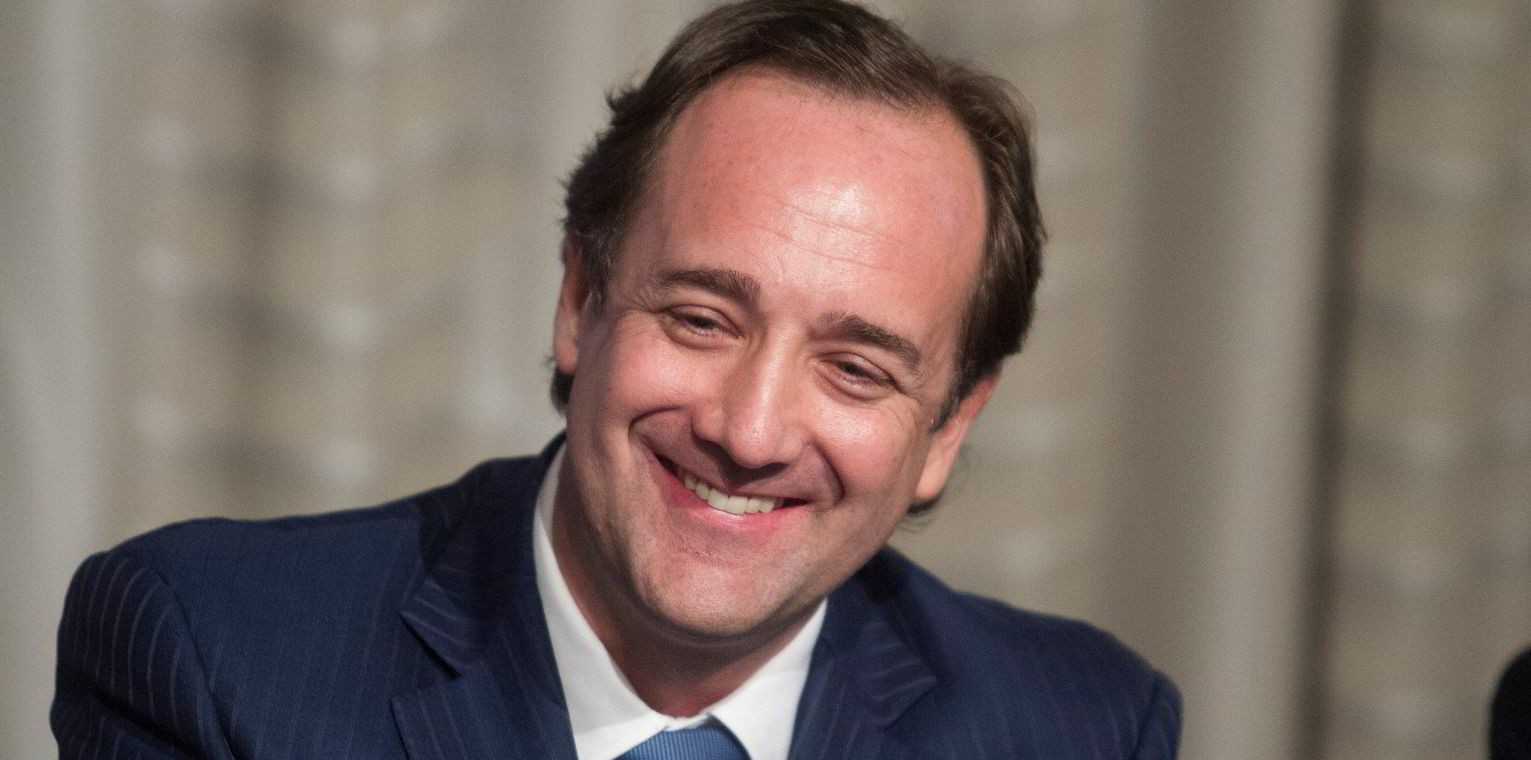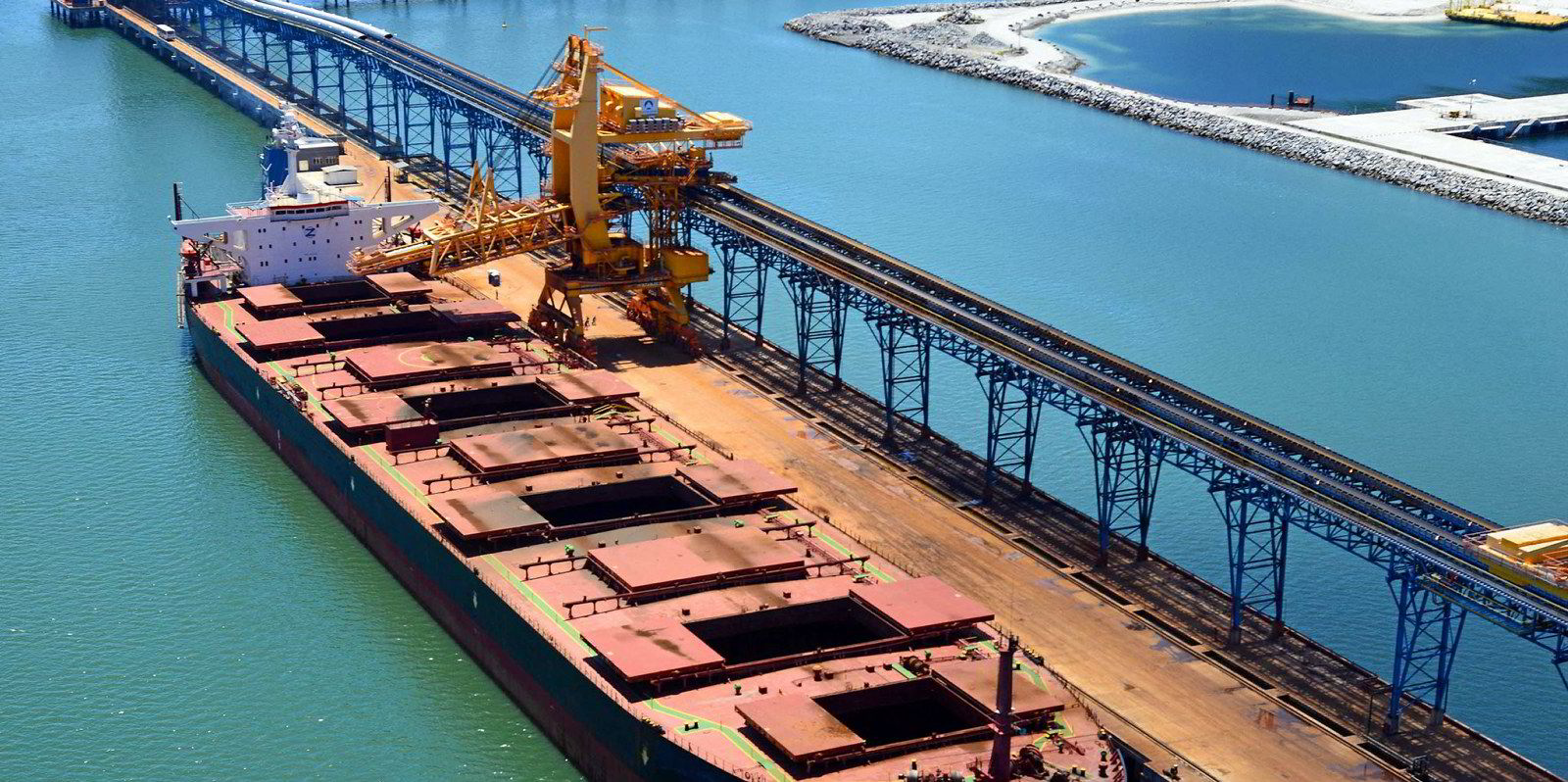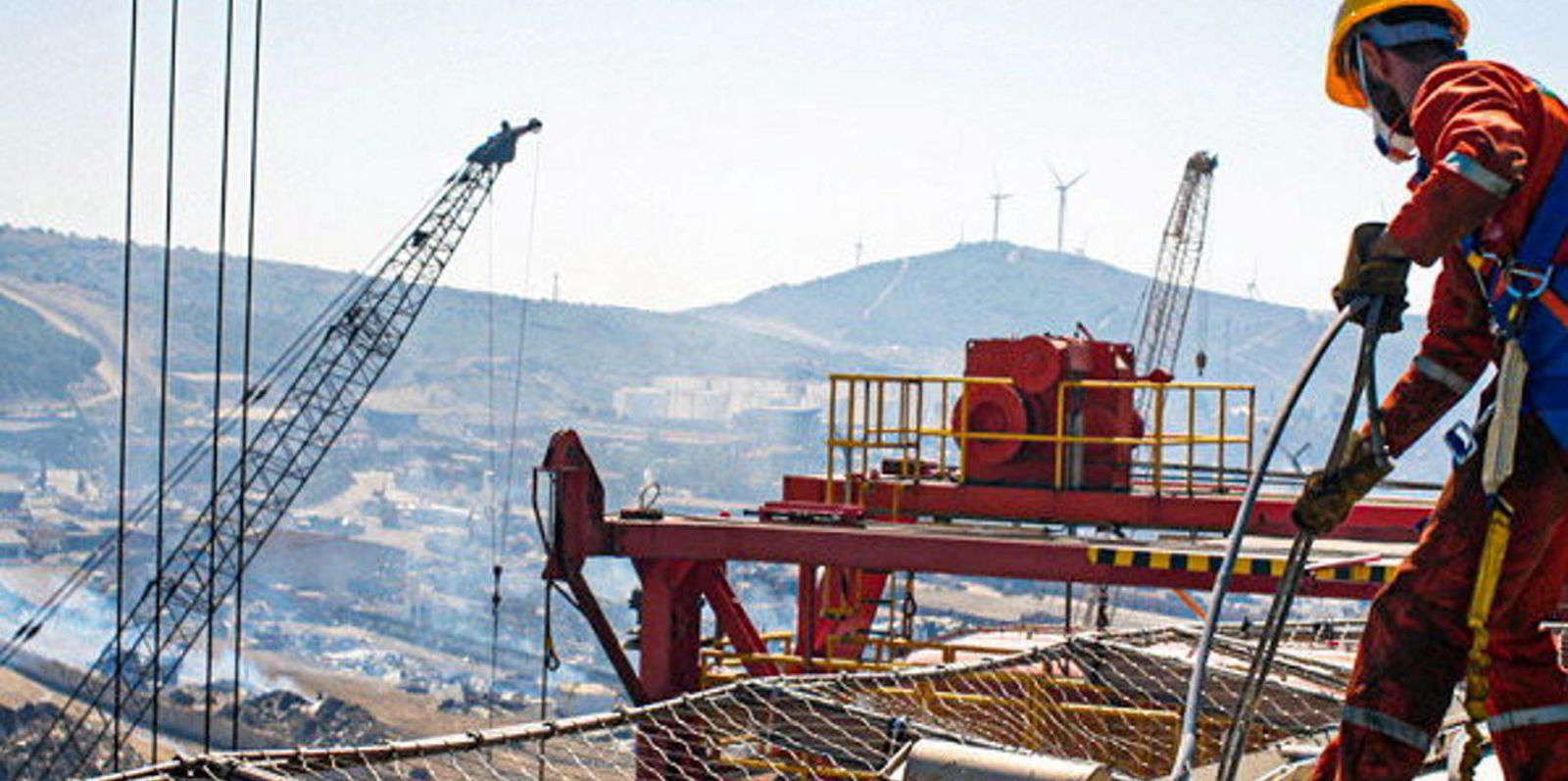Shipowners and charterers are refusing to get carried away with talk of supercycles in commodities markets.
Speakers at TradeWinds' Shipowners Forum Singapore 2021 said that while bulker rates are strong, they are not yet in the rarefied territory that could justify categorisation as a sustained period of expansion.
Analysts have said iron ore is in a supercycle and Mark Williams, managing director of consultancy Shipping Strategy, said these supercharged commodity markets are driving bulker gains.
He said there is "not yet" a dry cargo shipping supercycle.
"But it has the potential to become one," he added. "It's good but it's not super yet."
Williams believes a shortage of construction materials will stretch global supply chains, while fleet growth will also be limited.
"That supply side discipline may be what turns what I'm calling the mother of all recoveries into a supercycle," the analyst added.
The Chinese construction boom from 20 years ago was the last confirmed supercycle.
Bulker rates in June were at their strongest since September 2008 and more than double the 2020 average so far this year.
Charterer cautious
But Rashpal Bhatti, vice president of maritime and supply chain excellence at BHP, told the webinar that he does not see rates reaching the peaks of that earlier period.
He believes not enough emphasis has been given to the supply side of commodities, with all the focus on demand.
Bhatti argued these supply constraints have contributed to the rise in iron ore prices.
This year could see only an extra 14m tonnes shipped from Australia, which he said would not meet demand.
“Right now, the congestion rate for capesizes is at 14%, and we think that adds about 1.5% to utilisation,” Bhatti said.
“And when the Covid constraints unravel and get back to some kind of normality, that congestion will come away and that capacity will come back in the market, and that will of course dampen some of the spikes that we see.”
'A strong word'
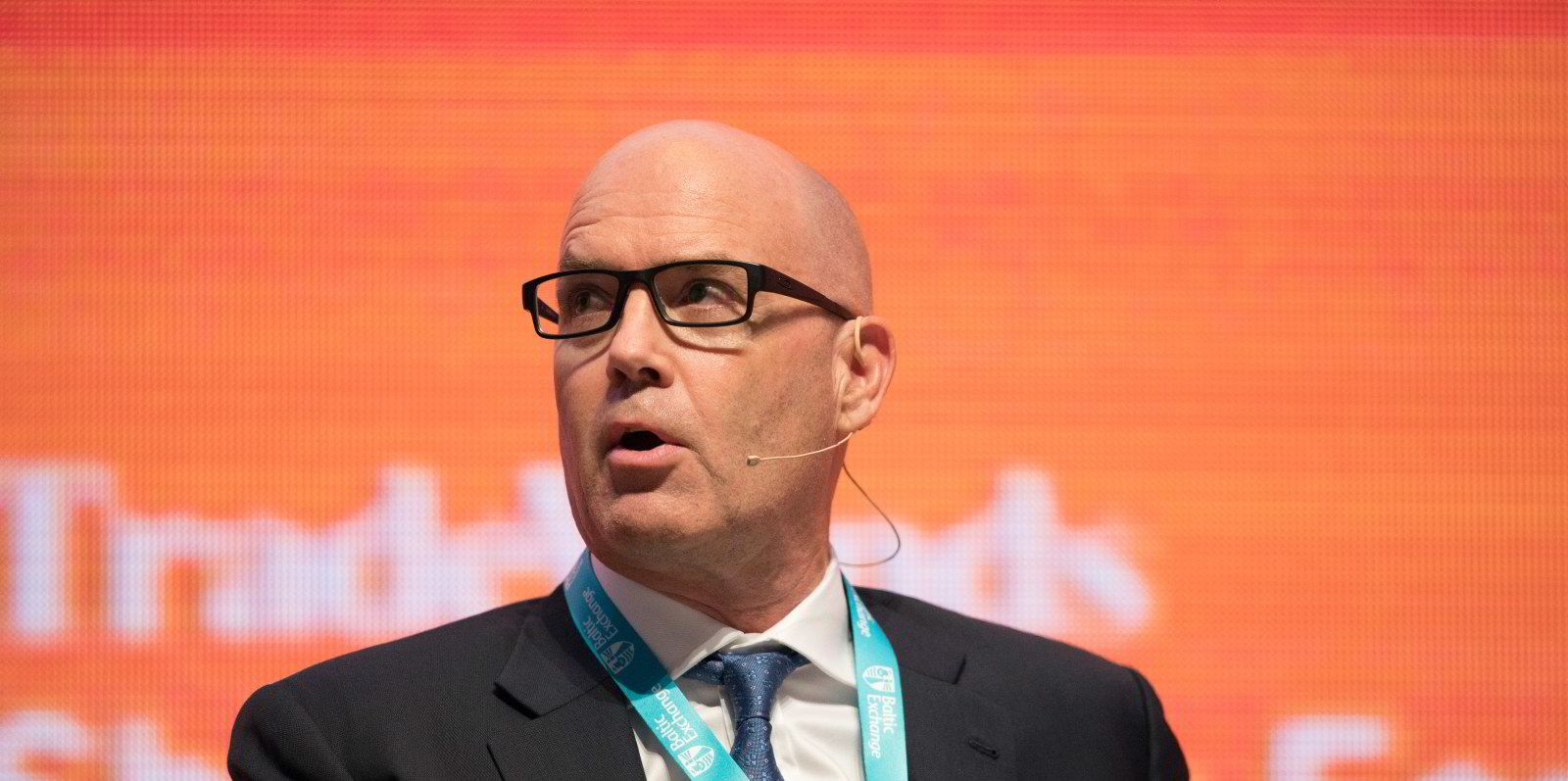
James Marshall, chief executive of Berge Bulk, said supercycle is “obviously a strong word”.
“We see it in iron ore, but we haven’t seen it in shipping freight rates,” he said.
"We're not there, although rates are good, particularly for the smaller sizes. Capesizes are okay, we're happy, but you need these rates for many years to have a sustainable long-term business."
Marshall said that after a number of tough years, $30,000 per day for capesizes "is kind of what you need over a long period".
“We’ve built up our fleet based on a recovery that we are seeing, but there is a long way to go until we see very high rates,” he said.
However, Marshall added that the second half looks very positive from a capesize perspective.
Brazilian boost?
He expects a lot more supply out of Brazil, maybe an extra 40m tonnes in the second half, compared to the first six months.
There is also a lot of restocking of coal needed in China.
Marshall said congestion has become worse with the Delta variant of Covid-19, with ships getting held up in quarantine.
Baltic Exchange chief executive Mark Jackson said there was general support in the market across all ship sizes.
"We've got inefficiency going on, things are not quite tying up," he added.
Jackson added that small delays are causing ships to not quite be in the right place at the right time, due to Covid or even the weather.
Converging rates for capesizes and smaller vessel sizes also mean cargoes cannot be split up now.
Not making sense?
“It’s not cheaper to go down sizes,” Jackson said.
Bhatti said BHP has a clear view of what it wants to pay in freight.
He explained that only a small number of its chartered vessels are spot, with the majority priced last year on term deals.
Bhatti said there is only a $100-per-day gap between rates for capesizes, panamaxes and supramaxes due to inefficiencies.
“How does that make sense?” he said. “But efficiency will come back.”
Williams is positive for bulker markets in 2022, predicting they will be very firm — and there is a good chance this will continue into 2023.
In terms of newbuilding supply, he said shipyard capacity has halved from the boom years, although it would be quite easy to put bulker capacity back in place.
But he added: "There is still some way to go before newbuilding prices will encourage expansion of yard capacity."
